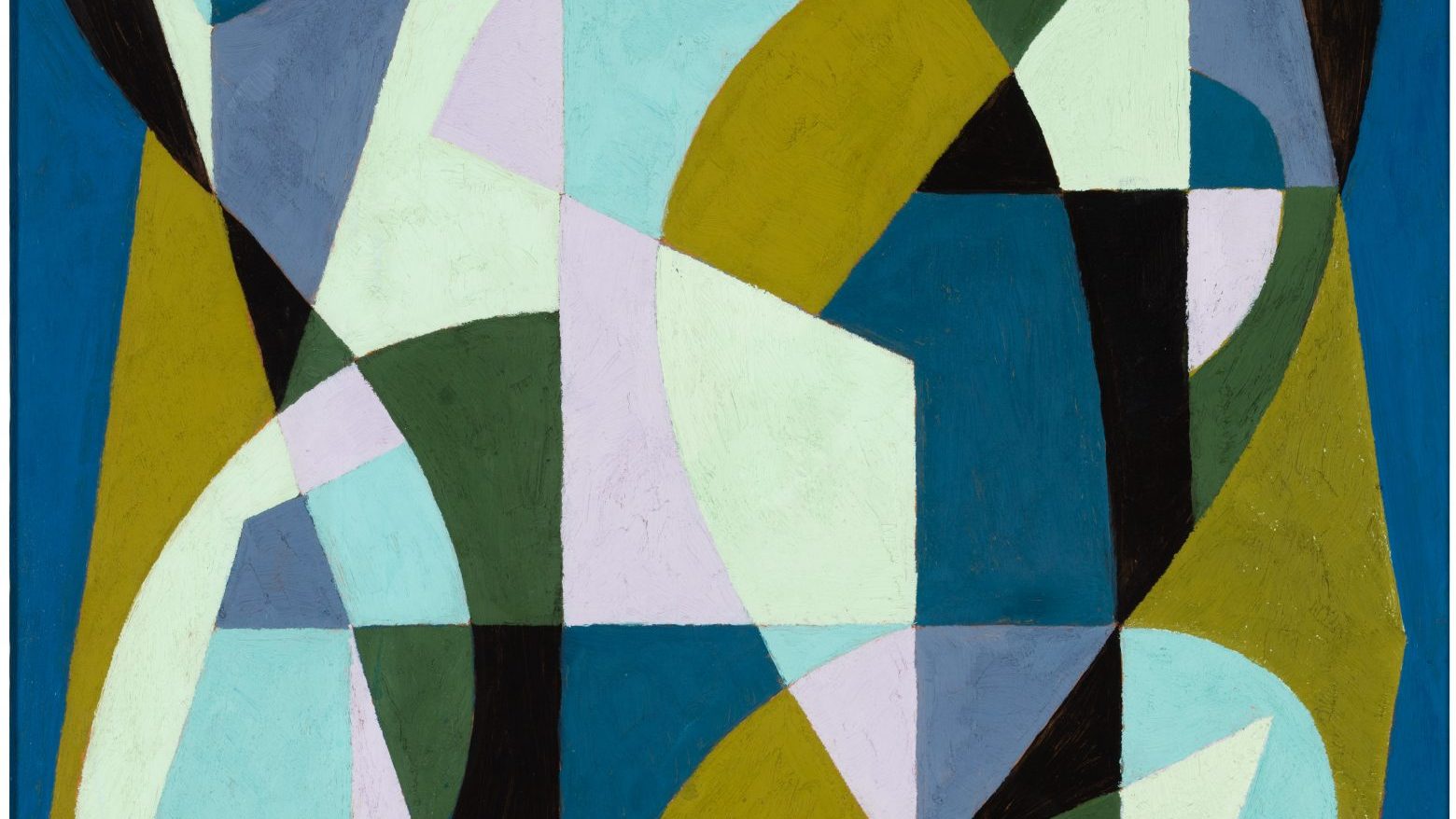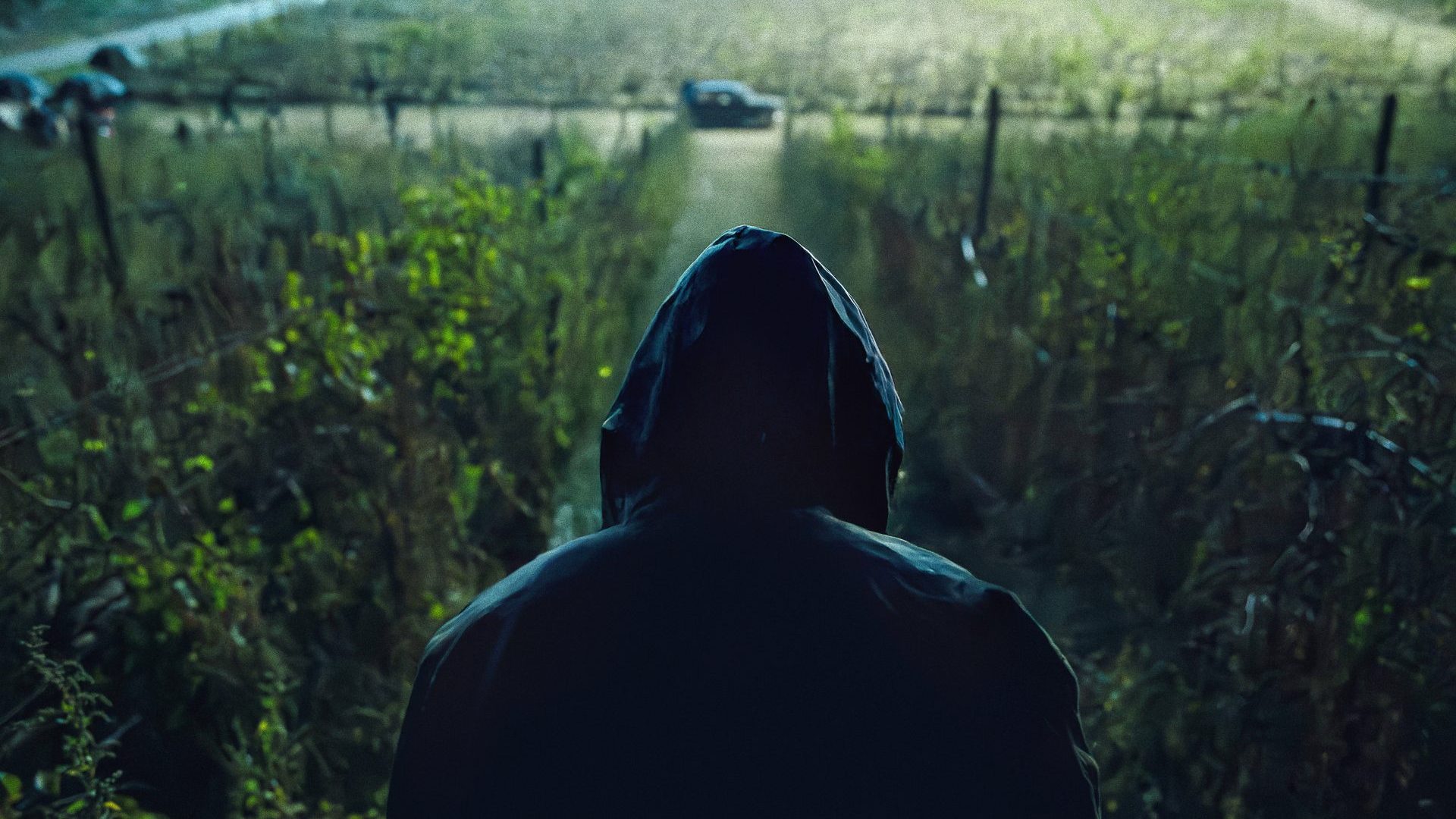The Kunstsilo in Kristiansand, on the coast of southern Norway, is possibly the most beautiful art gallery in the world. Its 2016-2024 subtle transition from a derelict grain silo on the waterfront of the Skagerrak strait – connecting the North Sea and the Kattegat Sea – into a nine-storey 21st-century space for Nordic modernism is an understatement of its architectural finesse.
Nine years before its opening in May 2024, the world’s largest collection of Nordic modernism – around 5,500 artworks dating from 1910-1990 and collected over 30 years by the Kristiansand-born hedge fund manager Nicolai Tangen – was donated to his home city. It included landmark works by Reidar Aulie, Asger Jorn, Anna-Eva Bergman and Lars-Gunnar Nordström. It has now become the core of the Kunstsilo collection, now with over 6,000 works.
The artworks are rotated to be displayed in several exhibitions each year. Each one explores the visual energy of Nordic modernist art. Among current special displays are Lasting Impressions: from Edvard Munch to the present (until December 31), a spectacle of printmaking by artists from Nordic countries, celebrating the 2025 Year of Printmaking in Kristiansand. Coinciding with the Kunstsilo, in London at the British Museum, a significant exhibition of Nordic graphic art is on show too in Nordic Noir: Works on Paper from Edvard Munch to Mamma Andersson.
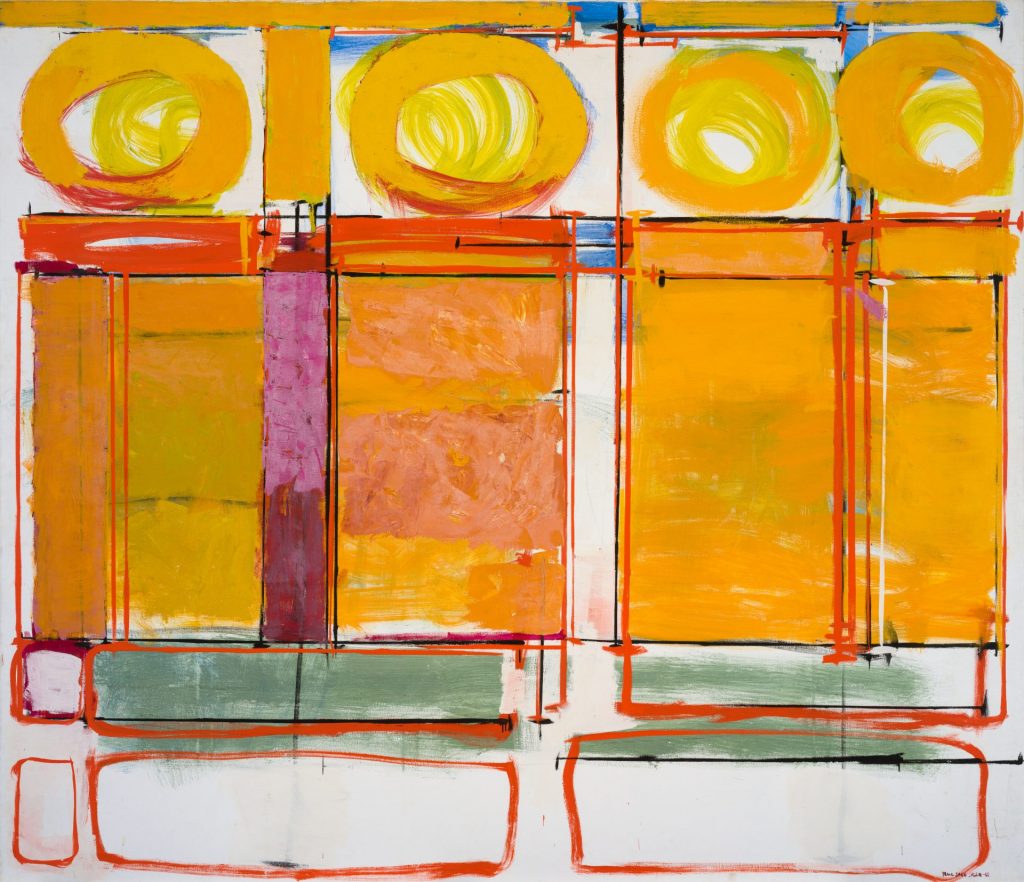
At the Kunstsilo, attention is now centred on two major exhibitions surveying two of the greatest Finnish pioneers of modernism, the Helsinki-born Birger Carlstedt (1907-1975), and Irma Salo Jæger (b.1928) from Soini, a municipality of Finland. Carlstedt’s exhibition Flowers Everywhere is a reference to a series of distinctive flower portraits he created, such as Still life with flowers, (1940s). They are informed by the French artist Henri Matisse, who remarked that “There are always flowers for those who want to see them.”
Carlstedt lived in Paris, studying and practising art from 1928-1931 – returning in 1948 – to explore his interest in Concrete art, Cubism and Surrealism. He exhibited work at the Salon des Indépendents in Paris in 1930. Carlstedt’s art developed in form and colour from strongly figurative to semi-abstract to pure abstraction.
In 1948, his marriage to a musician added another dimension, where the rhythm and colour of his compositions expressed musical sound visually. The exhibition of over 60 works has superb examples of his oeuvre, such as Composition (1950s).
Carlstedt admired the work of Renaissance artists, such as Paolo Uccello, Leonardo da Vinci, Piero della Francesca and Albrecht Dürer. His paintings reference the Golden Section and his use of geometry is evident in scale, proportion and angles. He saw himself as a constructor of art more than a challenger to it.
The exhibition standouts are many and include figurative pieces, such as the gruesome tiger tamer in Animal Tamer with Tigers (1938, Amos Rex Museum, Helsinki) and the smaller unfinished abstract Circles and Squares (1932) in monochrome. Both works open the show.
Carlstedt’s paintings lead on to the second exhibition and the vast oil-on-tempera canvases of the Finnish pioneer of modernism, Irma Salo Jæger. She moved to Norway in 1954, at first to study art, becoming a prominent contributor to the Nordic arts arena.
Suggested Reading
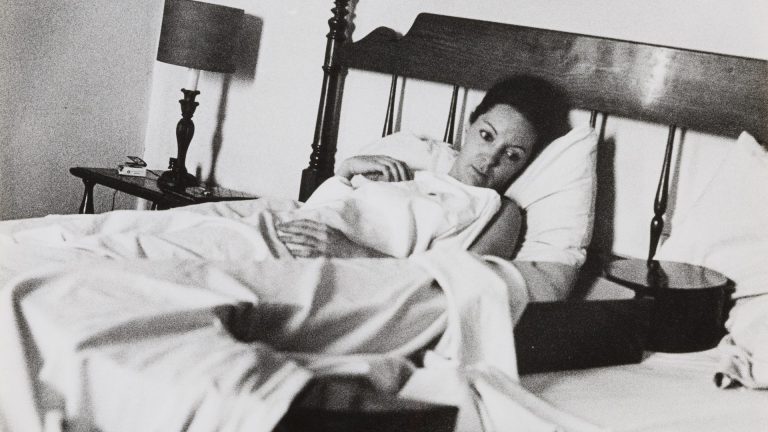
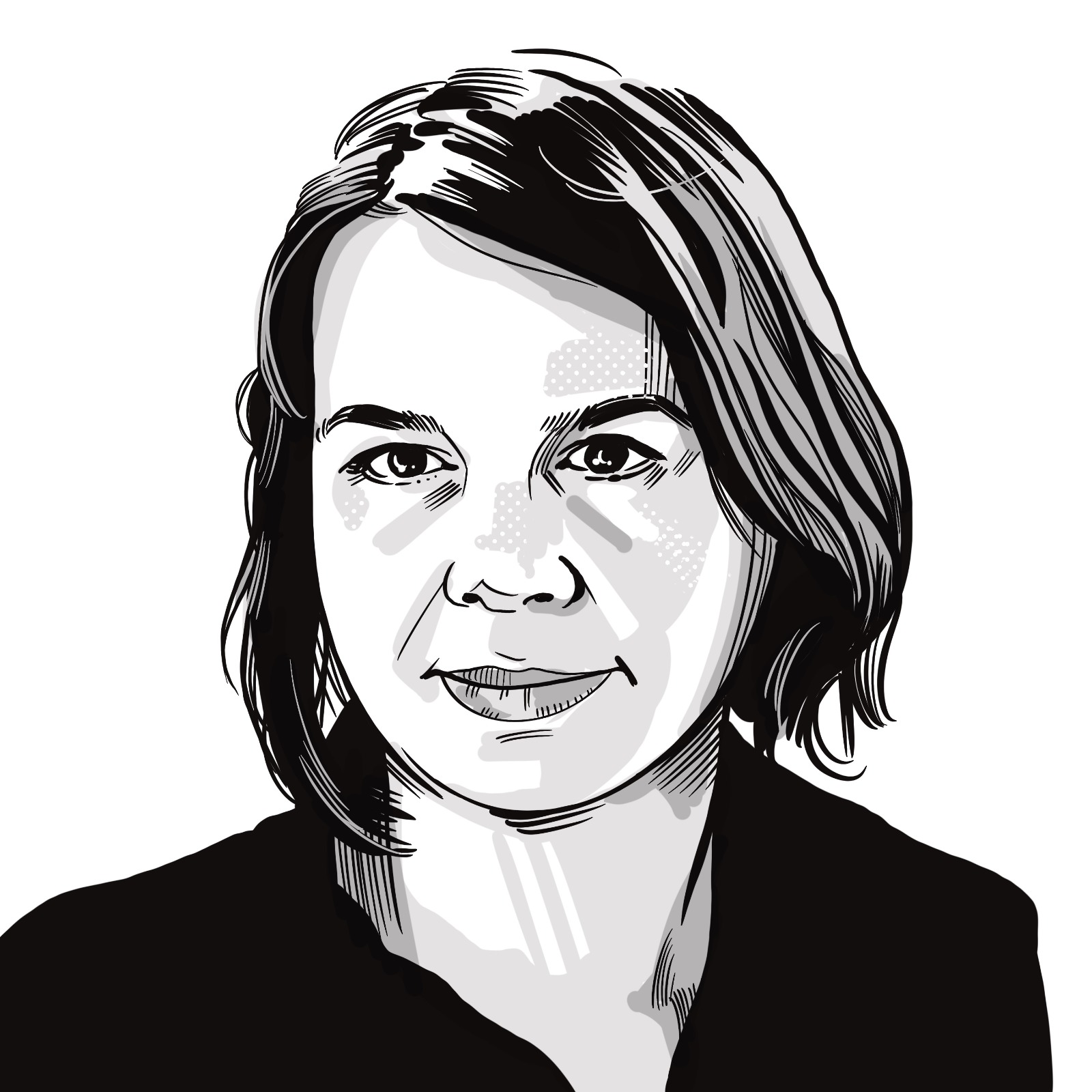
A tragic radical’s search for meaning
At the Kunstsilo, Jæger displays a remarkable series of large-scale colour-driven abstract works in Draft for a World Flag (1968). The concept is as relevant today as when the series first appeared in Jæger’s breakthrough show at the Kunstnernes Hus in Oslo.
It was a protest sequence. Twenty-one paintings were created from the 21 sentences of Jæger’s poem for world peace. Each sentence is the title of an individual work.
Jæger created her series in response to world events, primarily the war in Vietnam. Public outcry reached its crescendo in the late 1960s, including the 1968 riots in Paris, when hundreds of students were arrested for protesting. Jæger visualised a future of peace, symbolised by a world flag, global connections and intercommunication. Her influential 1968 exhibition is recreated at the Kunstsilo.
In 1968, a – now lost – series of five cubic mobile sculptures was included. Created from aluminium, acrylic and glass with colour filters, they moved with fans of air, spreading colour over the walls – “a painting free of the walls” as Jæger called it.
Viewing the multi-coloured abstract paintings and Jæger’s poem, it contemplates an idyllic, warm summer day, focusing on the barely noticed life of a ground-hugging creeping buttercup. The first three lines (paintings 1-3) begin: “As summer heat set in/ the world became so small/ that its scent could be smelt/…”
The creeping root suggests the interconnectedness of life, the human and natural world habitats and Jæger’s interest in technological communication. The last three lines of her poem link to paintings 19-21: “Draft for a world flag, from/ about the first Sunday in Lent/according to a Norwegian almanac.”
The exhibition was a media sensation in 1968 but the majority of reviewers ignored the poem that informed the artworks, to debate the formal qualities of the abstract paintings. One art critic was so abusive about Jæger’s work that he was banned from the Kunstnernes Hus gallery.
How will audiences react today? Fifteen of the original 21 works are on display. Of the others, one was accidentally destroyed in 1968, two are in other collections and, 57 years on, three are still missing, although it is hoped that this exhibition may tempt them out of hiding.
The Jæger and Carlstedt exhibitions reveal their outstanding contribution to Finnish modernism. Now 96, Irma Salo Jæger continues to be an active artist, focusing on societal change.
But a world of peace, of people travelling together under a single flag, is as elusive as ever.
Birger Carlstedt: Flowers Everywhere and Irma Salo Jæger: Draft for a World Flag are at Kunstsilo, Kristiansand, south Norway until March 1. Nordic Noir is at the British Museum, London, until March 22

